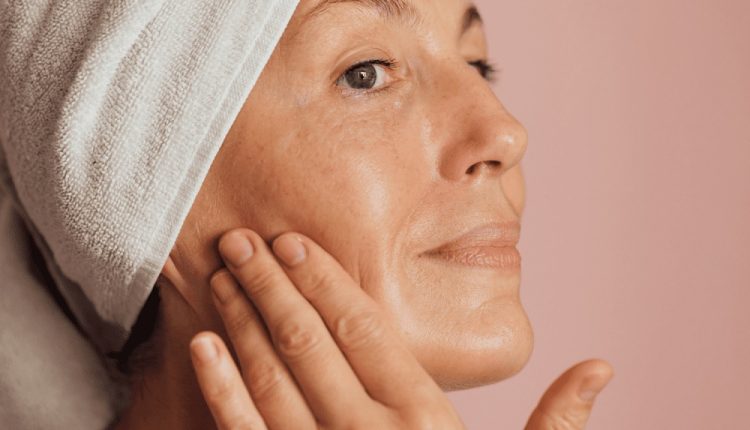Melasma, often referred to as the “mask of pregnancy,” is a common skin condition characterised by brown or grey patches that typically appear on the face. While it’s not harmful, melasma can be a source of discomfort and affect self-esteem. Many people turn to laser treatments for relief, but these can be expensive and not always suitable for everyone. Fortunately, there are numerous non-laser techniques available that can help manage melasma effectively. This blog aims to explore these alternatives, with particular relevance to those residing in Thailand, where environmental factors like sun exposure play a significant role in triggering this condition.
Thailand’s tropical climate is both a blessing and a challenge when it comes to managing melasma. One fundamental step towards recovery is understanding the role of sun exposure in exacerbating skin pigmentation. Sunscreen should be your best ally; opt for one with high SPF that offers broad-spectrum protection against UVA and UVB rays. In addition, wearing wide-brimmed hats and sunglasses can significantly reduce facial sun exposure. It’s crucial to incorporate sunscreen into your daily routine as part of an overall melasma treatment (known as รักษาฝ้า in Thai) strategy.
Diet also plays a pivotal role in skin health and can be an effective tool in combating melasma without resorting to lasers. Thai cuisine is rich in colourful fruits and vegetables packed with antioxidants, such as mangoes, papayas, and leafy greens, which help protect the skin from oxidative stress caused by free radicals from sun exposure. Additionally, drinking plenty of water supports cellular repair processes, ensuring your skin remains hydrated and resilient.
Topical applications are another cornerstone of laser-free melasma recovery techniques. Ingredients such as niacinamide, kojic acid, and vitamin C have shown promise in lightening hyperpigmented areas by inhibiting melanin production or providing mild exfoliation effects. These ingredients are often found in over-the-counter creams readily available across pharmacies in Thailand. Consistent use over several months may yield noticeable improvements without the need for invasive treatments.
Routine skincare practices should not be overlooked either. Gentle cleansing with non-irritating products helps maintain the skin’s barrier function while preventing further aggravation of pigmented regions. Exfoliating once or twice a week using mild products encourages cell turnover but should be done cautiously to avoid irritation which could worsen melasma symptoms.
Lastly, consulting with dermatologists familiar with Asian skin types can provide tailored advice specific to individuals living in Thailand’s unique climate conditions. Dermatologists might recommend chemical peels or microdermabrasion as adjunctive therapies which are less aggressive than lasers but still effective when performed correctly under professional guidance.
Looking through various melasma recovery options might seem daunting at first glance, however, adopting non-laser strategies offers viable pathways toward achieving clearer complexion outcomes without breaking the bank or facing potential side-effects associated with more invasive procedures like lasers. By embracing protective measures against sun exposure coupled with dietary adjustments alongside topical treatments suited specifically for Thai climates, people dealing with this persistent yet manageable condition will find themselves empowered through knowledge leading them closer towards healthier-looking skin solutions naturally!


Comments are closed.